Hairy Bob’s Cave
On the seafront at the foot of the cliffs around Scarborough Castle, a hole in the cliff, about a metre deep can be found – this is known as Hairy Bob’s Cave. It is clearly man-made and little more than a hole in the rock but, the origins and reasons behind its existence have been the source of legend and folklore in the town for over a century.

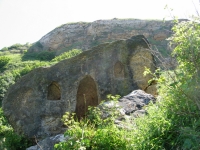
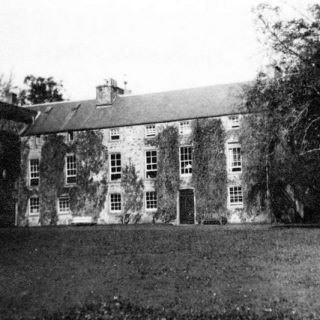
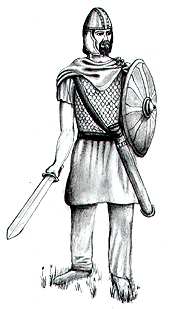
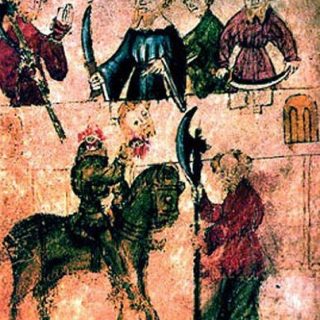
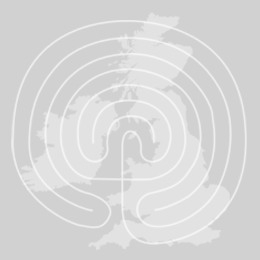
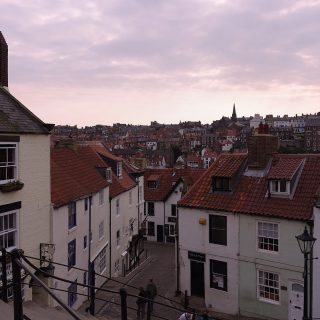
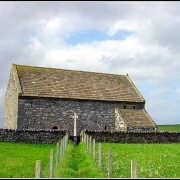
Recent Comments